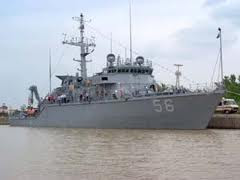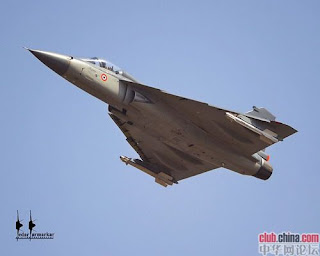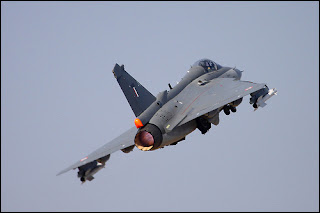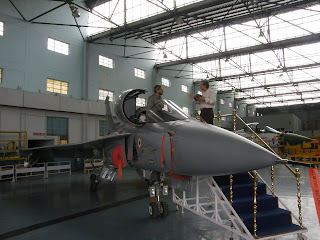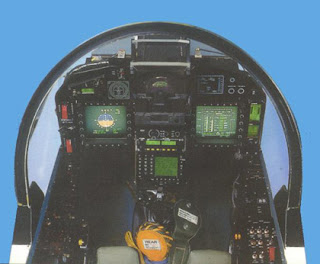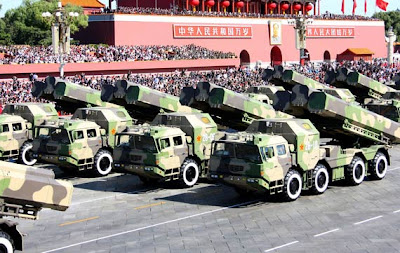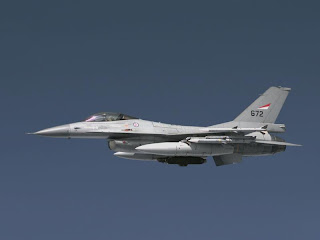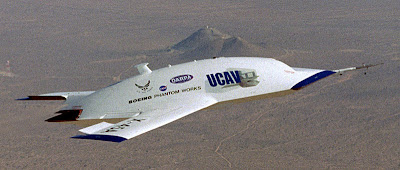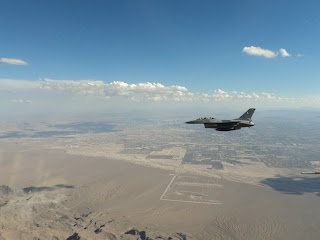WASHINGTON - The Pentagon on Sept. 28 said recent cross-border strikes by NATO helicopters in Pakistan were marked by "communication breakdowns," as allied officers were not able to contact their Pakistani counterparts about the operation until afterward.
Pakistan on Sept. 27 denounced last week's helicopter air strikes as flouting the country's sovereignty, but the NATO-led International Security Assistance Force (ISAF) in neighboring Afghanistan has insisted its troops had the right to defend themselves.
"I don't know that I'd call it a disagreement but there are certainly discussions under way between our forces and the Pakistanis about this particular incident," Pentagon spokesman Colonel Dave Lapan told reporters.
The talks were focused on "what were the communication breakdowns, what happened, what was supposed to happen," Lapan said.
Procedures call for ISAF forces to contact Pakistani officers if coalition troops must cross the border, either before or during an operation, he said.
But ISAF forces were not able to notify Pakistani officers about the helicopter strikes until after the operation, he said, without offering more details.
"I think I can say that clearly in these instances things didn't occur in the way that they're supposed to. And that's what we're trying to get to," he said.
ISAF, which is battling Taliban militants in Afghanistan, said in an earlier statement that the helicopters went after insurgents in Pakistan after an Afghan security forces' outpost in Khost province came under attack on Friday.
The choppers fired on the militants, killing more than 30 insurgents, ISAF said, and two helicopters returned to the border area on Saturday and killed several more.
The US military's presence in Afghanistan and its covert drone strikes in the border tribal belt are subject to fierce criticism and suspicion in Pakistan.
The rare NATO cross-border attacks came amid a surge in drone strikes in the northwest, which is considered a safe haven for Taliban and al-Qaida-linked operatives.
Pakistani security officials said Tuesday that al-Qaida's operational chief for Afghanistan and Pakistan had been killed in a U.S. bombardment by an unmanned aircraft.
Though Washington talks of taking the fight to al-Qaida, the U.S. government does not openly discuss the drone bombing campaign, which is reportedly run by the Central Intelligence Agency.
Pakistan also reportedly cooperates with the drone strikes.
